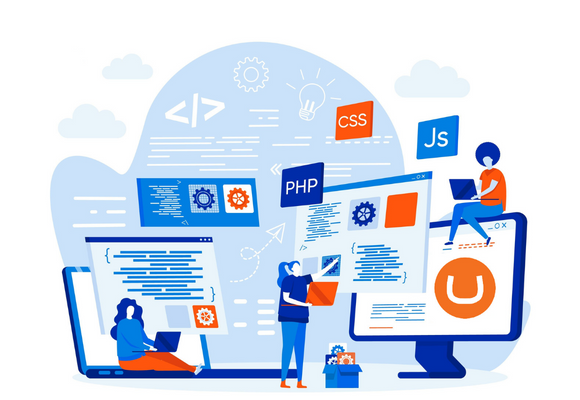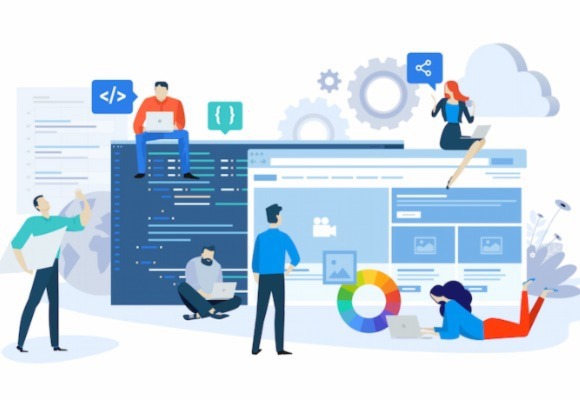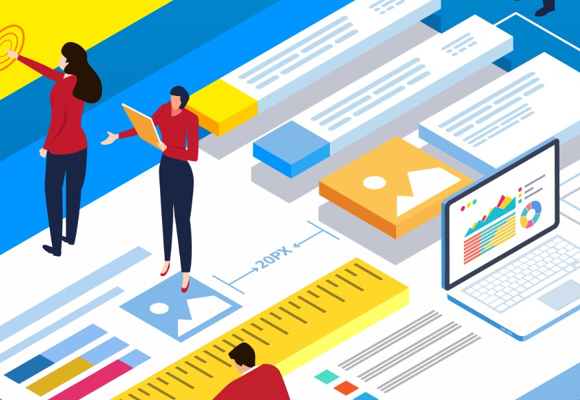September 12, 2023
Picture this: your website effortlessly adapts its layout and content to every device, giving your users a seamless experience. In this guide, we'll break down the differences between headless and traditional CMS, helping you navigate the world of website and content management with ease.
Whether you're a tech-savvy business owner or just starting out, understanding these concepts will empower you to make informed decisions about your online presence. Let's dive in!
What is a Headless CMS?
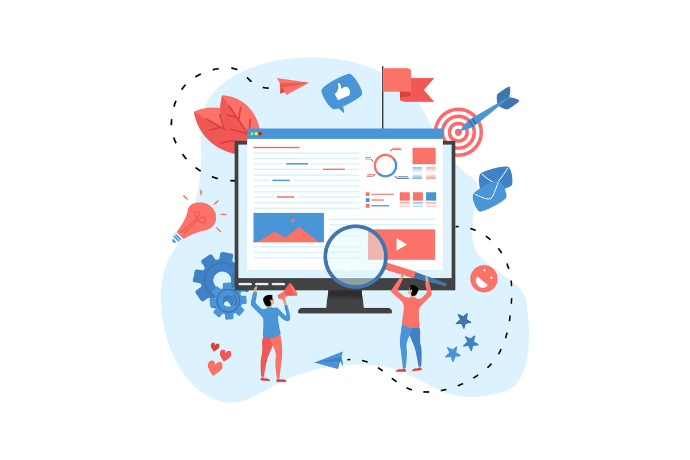
A headless CMS is a tool that lets you create and manage content separately from how it looks on websites or apps. It’s a modern content management system that separates the content creation and storage from its presentation layer.
In simpler terms, it allows you to create and manage your content (text, images, videos, etc.) without being tied to a specific design or layout. This content is then delivered to various platforms and devices via APIs (Application Programming Interfaces).
Advantages of a Headless CMS
Flexibility
With a headless CMS, you have the flexibility to display your content on various platforms and devices. This is particularly useful in today's multi-device world, where your content needs to adapt to smartphones, tablets, desktops, and even emerging technologies.
Content Reusability
Since your content is separated from the presentation layer, you can reuse the same content across different websites, applications, or even digital signage. This saves time and effort and ensures consistency in your messaging.
Technology Agnostic
You're not locked into a specific technology stack for your front end. This means you can choose the best tools and frameworks for your specific project, and even change them without affecting your content management system.
Disadvantages of a Headless CMS
Complexity
Implementing a headless CMS can be more complex than a traditional CMS, especially if you're not familiar with working with APIs and integrating different systems.
Technical Expertise
You might need a development team or technical expertise to set up and maintain the connections between your content and the presentation layer.
Content Previewing
Previewing content exactly as it will appear to users can be challenging since you're working separately on content creation and its presentation.
What is a Traditional CMS?
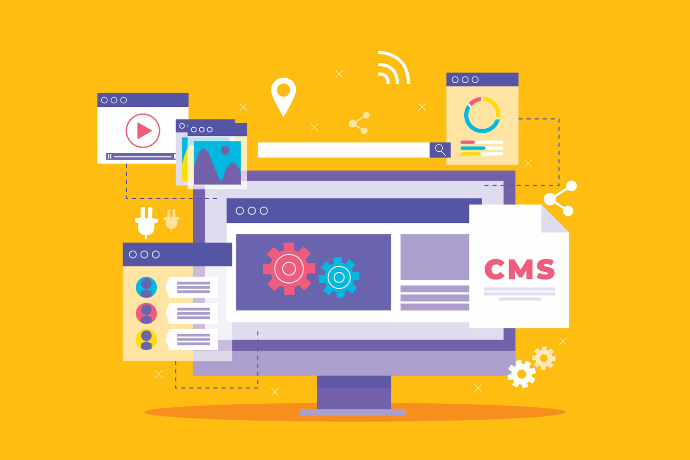
A traditional CMS is a system that lets you create, manage, and display your website content all in one package. Also known as a monolithic CMS, it combines content creation, storage, and presentation into a single system. It provides an all-in-one solution for managing your content and how it's displayed to users.
Advantages of a Traditional CMS
Simplicity
Traditional CMS platforms are often easier to set up and use, making them a great choice for individuals or small businesses with limited technical resources.
WYSIWYG Editing
What You See Is What You Get (WYSIWYG) editors allow you to directly create and edit content while seeing exactly how it will appear to users.
Content Preview
Since content creation and presentation are integrated, previewing content is straightforward and closely resembles the final output.
Disadvantages of a Traditional CMS
Limited Flexibility
Traditional CMS platforms can be limiting when it comes to displaying content across different devices and platforms. Customizing the presentation layer might require more effort.
Content Silos
Since content and presentation are tightly connected, reusing content across different projects or platforms can be time-consuming.
Technology Lock-in
You're often tied to the technology stack provided by the CMS, which might not always be the best fit for your project's requirements.
What's Best for Your Business?
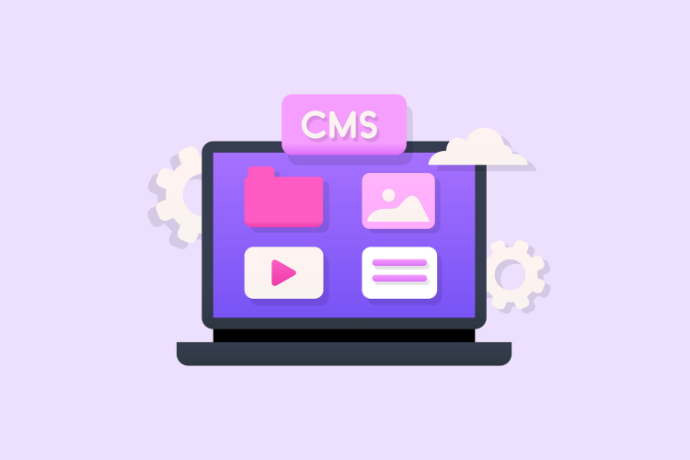
The choice between a headless CMS and a traditional CMS depends on your business's unique needs and priorities.
Choose a Headless CMS if:
-
Your content needs to be displayed on multiple platforms and devices.
-
Content reusability and consistency are important to you.
-
You have a development team or the resources to handle the technical aspects.
Choose a Traditional CMS if:
-
You prioritize simplicity and ease of use.
-
Most of your audience accesses content from similar devices.
-
You're a small business or an individual with limited technical resources.
There’s no one-size-fits-all answer to the headless vs. traditional CMS debate. It's about finding the right balance between your content management needs and technical capabilities. If flexibility and content reuse are crucial, consider going headless. If you value simplicity and straightforward content management, a traditional CMS might be the way to go. Evaluate your business's requirements and resources carefully to make an informed decision that aligns with your digital goals.
